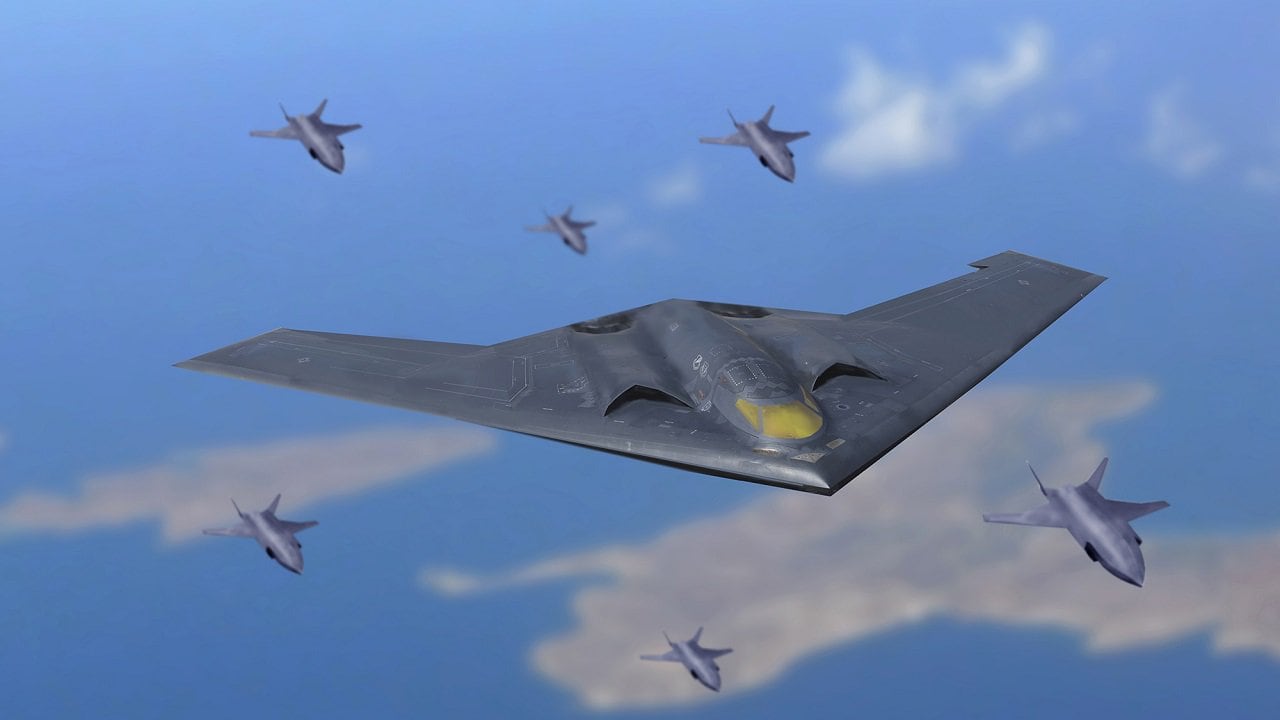Mission upgrades for the Pentagon’s new Next Generation Air Dominance (NGAD) fighter – or the U.S. military’s new 6th generation fighter jet – will become easier and more streamlined thanks to a unique separation of flight control software from the software that manages its mission systems. This means that innovative technologies can be better integrated into the airplane without the need for robust flight testing of the airplane that is required in other fighters.
New Way to Upgrade Software
U.S. Air Force Chief of Staff General C.Q. Brown told reporters in April this feature is a departure that will improve software updates. “If you’re able to take the flight control software and separate it from the mission system software… [and] I plug in an extra black box with whatever computing power, it doesn’t interfere with the flight controls,” Brown said. “[In] the F-16 I flew, the mission software and the flight control software were all intertwined. So anytime you did a mission upgrade, you had to go back and make sure the aircraft is safe to fly.”
Slowly Replacing Some F-22s
The NGAD 6th generation fighter will begin to replace 30 of the early trainer F-22s that are being retired by 2030 in the FY23 budget request. But the NGAD will be expensive – likely costing at least $200 million per system. The Air Force has asked for $1.65 billion in its latest budget proposal. The NGAD will evolve as its mission parameters become more defined. The software updates could mean it will have different mission sets depending on the adversary, so this could portend separate software for Russia or China.
Quarterback of Drone Team
It is planned to be a family of systems that will include several unmanned autonomous combat aircraft that the main fighter will “quarterback.” The drones could be heavily armed or carry electronic warfare packages to help the main airframe better penetrate enemy defenses.
The Air Force has reportedly already flown a prototype and the Navy will have its own NGAD called the F/A-XX. So, the program is advancing across the Department of Defense.
Could It Actually Save Money Despite High Price Tag?
General Brown said the NGAD will yield a highly efficient and ground-breaking acquisition model. “We can actually then change the mission systems and allow various vendors to compete, as long as they meet, form fit and function. And because it drives competition, you get a better end product, and ideally, it brings the price down as well,” he stated.
No Winner Take All Contract
Competition among different defense contractors should result in a more efficient and time-saving program. There will be three bids: “one for design, one for production, and one for sustainment,” according to Alex Hollings writing in Sandboxx.
Few Specifics Forthcoming
NGAD has a high level of secrecy and is considered a “special access program.” Few details have been released, but it is expected to fly as fast and as high as the F-22’s speed of MACH 2.8 and its ceiling of 70,000-feet.
The sixth-generation system is proceeding in a manner in which observers are clamoring for more information that will likely only be released in classified briefings in Congress while other news is given in vague press briefings. But the NGAD is exciting due to its newfangled manner in which software is upgraded and its use of unmanned systems. Keeping its massive cost in mind, it will be interesting to see if it can come in on time and under budget by the early 2030s.
Now serving as 1945’s Defense and National Security Editor, Brent M. Eastwood, PhD, is the author of Humans, Machines, and Data: Future Trends in Warfare. He is an Emerging Threats expert and former U.S. Army Infantry officer. You can follow him on Twitter @BMEastwood.

